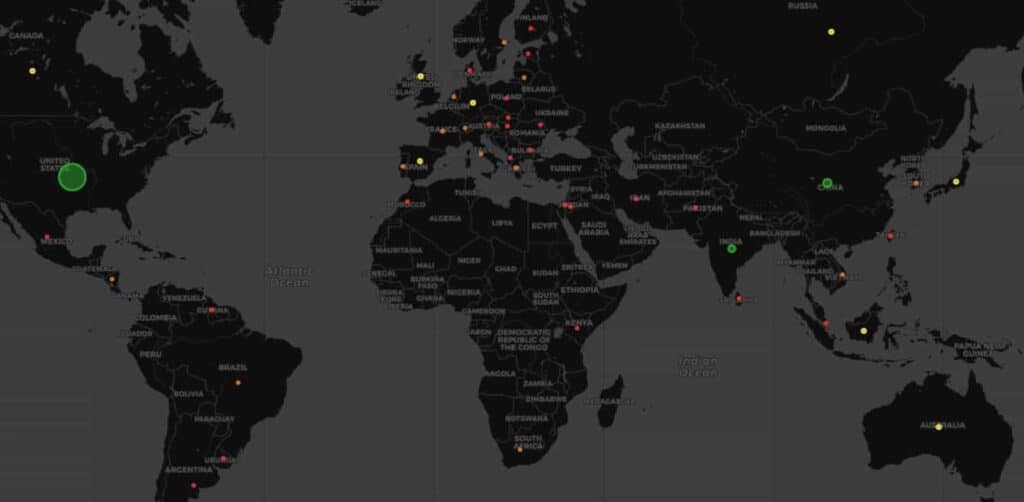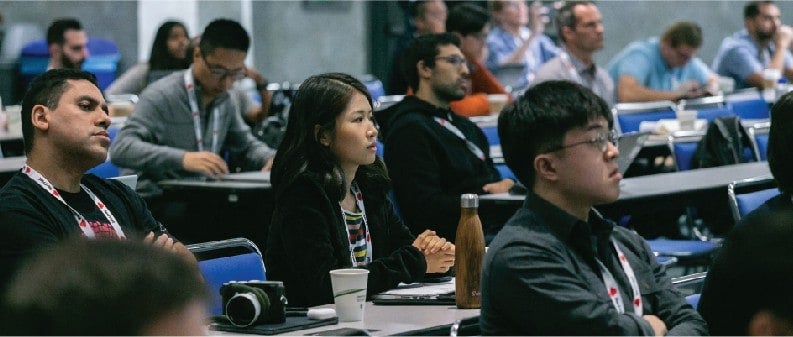Vitess is a cloud native database system. Originally created as an internal solution by YouTube to handle scaling for massive amounts of storage,Vitess is a database solution for deploying, scaling and managing large clusters of open-source database instances.
It currently supports MySQL and MariaDB. It’s architected to run as effectively in a public or private cloud architecture as it does on dedicated hardware. It combines and extends many important SQL features with the scalability of a NoSQL database. Vitess can help you with the following problems:
- Scaling a SQL database by allowing you to shard it, while keeping application changes to a minimum.
- Migrating from baremetal to a private or public cloud.
- Deploying and managing a large number of SQL database instances.
The project was started internally at YouTube in 2010 and was donated to CNCF in February 2018. In November 2019, Vitess hit graduated status within CNCF, joining the ranks of Helm, Fluentd, containerd, and others.
This report assesses the state of the Vitess project and how CNCF has impacted its progress and growth. Without access to a multiverse to play out alternative scenarios, it is impossible to sort out causation. However, we can document correlations. This report is part of a series of project journey reports published by CNCF focused on graduated projects.
Project Snapshot
Vitess’s first public commit on GitHub was made on February 24, 2012. Between joining CNCF on February 5, 2018, and today, Vitess has added:
*Note: These statistics were collected with the DevStats tool, which CNCF built in collaboration with CNCF project communities. “Contributor” is defined as somebody who made a review, comment, commit, or created a PR or issue.
CNCF Premise of Open Source Software Development
A basic premise behind CNCF projects, and open source in general, is that most interactions are positive-sum. There is no fixed amount of investment, mindshare, or development contributions allocated to specific projects. Just as open source development is based on the idea that, collectively, we are smarter together than any one of us alone, open source foundations work to make the entire community better. Equally important, a neutral home for a project and community fosters this type of positive-sum thinking, and drives growth and diversity that we believe are core elements of a successful open source project.
Code Diversity
Diversity Across Company Size and Type (End User, Vendor, Foundation) By the Numbers
From its roots at YouTube/Google, the Vitess project has grown to incorporate meaningful code contributions from more than 70 organizations. High-velocity open source projects like Vitess garner wide adoption and contributions from both vendor and end user communities. As such, Vitess code contributions come from a wide range of companies, fostering user-driven innovation.
Contributors to Vitess include many of the world’s largest tech companies, such as Amazon, Google, Microsoft, and YouTube, as well as fast-growing companies like Slack, GitHub, and HubSpot. The diversity of vendor contributors is also expanding; PlanetScale has grown to become the second largest contributor to Vitess since its inception and overtook YouTube. Contributing organizations to Vitess are well distributed between vendors and end users, demonstrating that end user innovation can foster and sustain fast-growing, successful projects.
By the Numbers
The top two contributing companies to Vitess as of the end of the April 2020 reporting period were Google and PlanetScale, with 36% and 25% of contributions, respectively. Google (YouTube) provided the majority of initial code contributions to the project over the first two years, but the Vitess project has diversified to include many additional companies. The total number of companies contributing code has increased by 40% since Vitess joined CNCF, from 55 to 77. Another key project health indicator is the number of contributors. Vitess has enjoyed 78% expansion of individual contributors over the two years since the project joined CNCF. During the year before joining CNCF, Vitess accumulated 245 contributors. In the two years since, Vitess has added 437 contributors.
Geographic Diversity of Contributors
Contributors to Vitess have come from more than two dozen countries spread across five continents.

The geographic diversity of contributions expanded quickly from three countries in the first year of the project to six during the second year. The chart shows the percentage of contributors over time, broken down by country (based on self-reported location on GitHub).
Development Velocity
Among the top projects in terms of velocity, Vitess is still growing.
One way we track developer velocity is with the following formula: velocity = commits + PRs + issues + authors. We also look at the growth of PRs, code commits, and issues filed as separate line charts. A third way to examine velocity is by looking at the cumulative number of contributors over time. The charts below illustrate sharply rising velocity for Vitess.
Education, Events and Sponsorship
Growth of community participation in education, events, and sponsorship is a reliable proxy for the health of a project.

The Vitess project actively participates in KubeCon + CloudNativeCon North America, China, and Europe through a variety of presentations and talks from community leaders. In 2019, the project hosted 37 presentations across all CNCF flagship events.
Marketing Growth and Programs
When Vitess joined CNCF in February 2018, the foundation started promotional efforts to help sustain, nurture, and expand the Vitess community.
This includes blog posts, email newsletter mentions, and social media support. Thanks in part to these marketing efforts, public awareness of and interest in Vitess have grown quickly. Google Analytics data for Vitess shows an increase in pageviews since the project was contributed to CNCF, totaling more than 361K to date.
The project has over 2k followers on Twitter, having increased its following since joining CNCF.

Project Documentation
Continuous additions to and improvements of project documentation are essential for the growth of any open source project.
Robust documentation is critical to educating new users and to helping existing users resolve problems and understand a project’s capabilities. Vitess documentation has significantly increased over the years. Since joining CNCF, the number of authors and companies committing documentation to Vitess has grown by 143% and 100%, respectively. As of this report, 90 authors have committed, and 30 companies are involved in committing documentation. The number of documentation commits has increased by 114% since Vitess joined CNCF (in February 2018).
*Documentation for Vitess is authored in .md files. CNCF uses the DevStats tool to automatically collect and count statistics of all relevant .md files in the Vitess repositories in GitHub.
Conclusion
CNCF is committed to fostering and sustaining an ecosystem of open source, vendor-neutral projects by democratizing state-of-the-art software development and deployment patterns to make technology accessible for everyone.
We hope this report provides a useful portrait of how CNCF is fostering and sustaining the growth of Vitess.
“Vitess is mainly known for its ability to scale MySQL, but it is also a fantastic platform for running MySQL compliant databases in Kubernetes. At PlanetScale, we have developed an enterprise-grade Kubernetes operator for Vitess that powers PlanetScaleDB, our multi-cloud DBaaS. PlanetScale is home to the creators of Vitess and we are committed to a healthy and vibrant Vitess community and to making Vitess more powerful and more feature rich. We are proud to have open-sourced core functionality of our enterprise operator as the Kubernetes Operator for Vitess and are delighted that it is being widely used by the community.”
– Jiten Vaidya, CEO, PlanetScale
“Vitess was HubSpot’s first large-scale experiment working with Kubernetes. Thanks to its cloud-native design and strong community, development on our Vitess Operator has been so successful that we are taking its lessons and working on Kube operators for our other datastores.”
– Paul Hemberger, HubSpot
“Vitess is the present and future of Datastores for Slack and continues to be a major success story for us. From the solid scalability fundamentals, developer ergonomics, and the thriving community, our bet on this technology has been instrumental for Slack’s continued growth.”
– Rafael Chacon, Slack